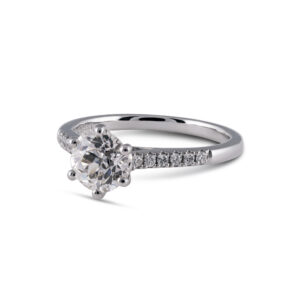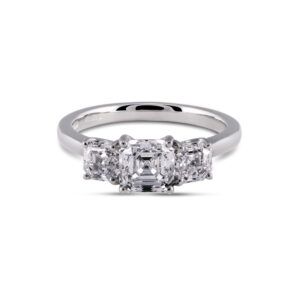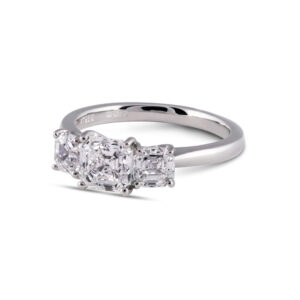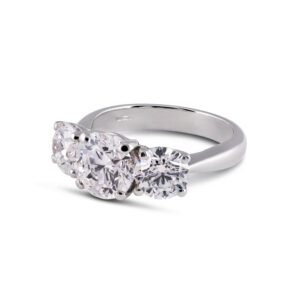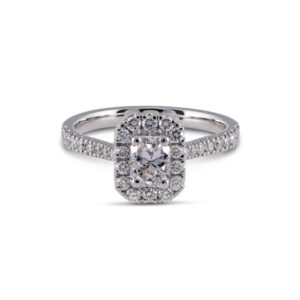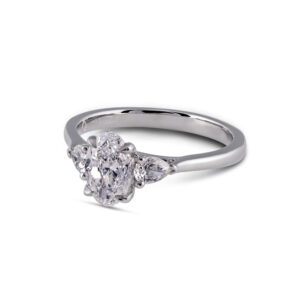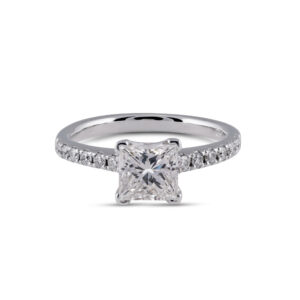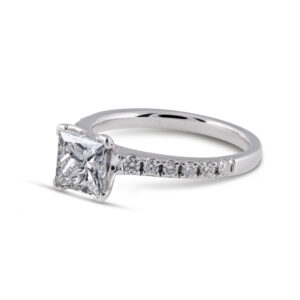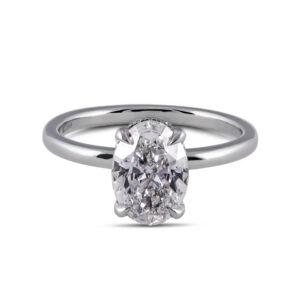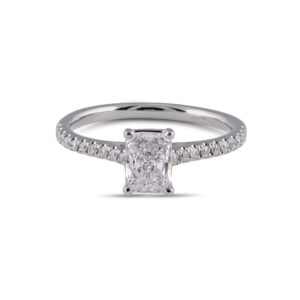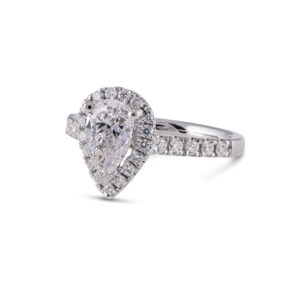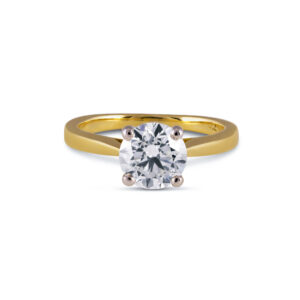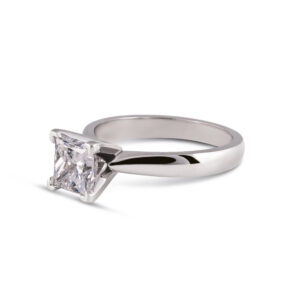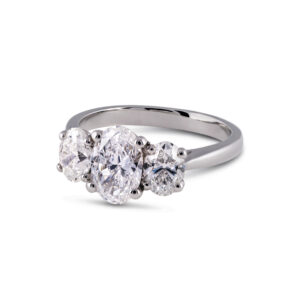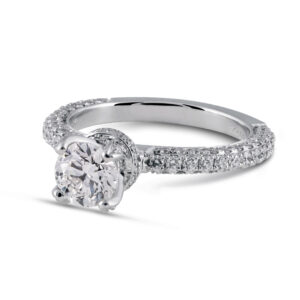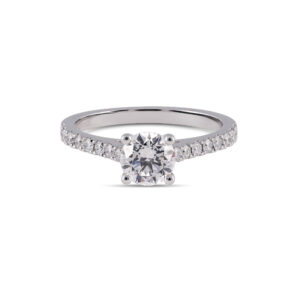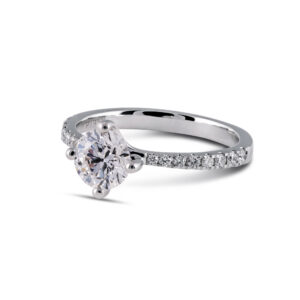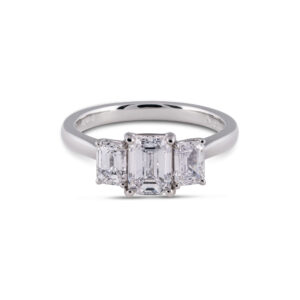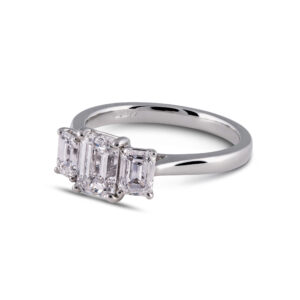Engagement Rings
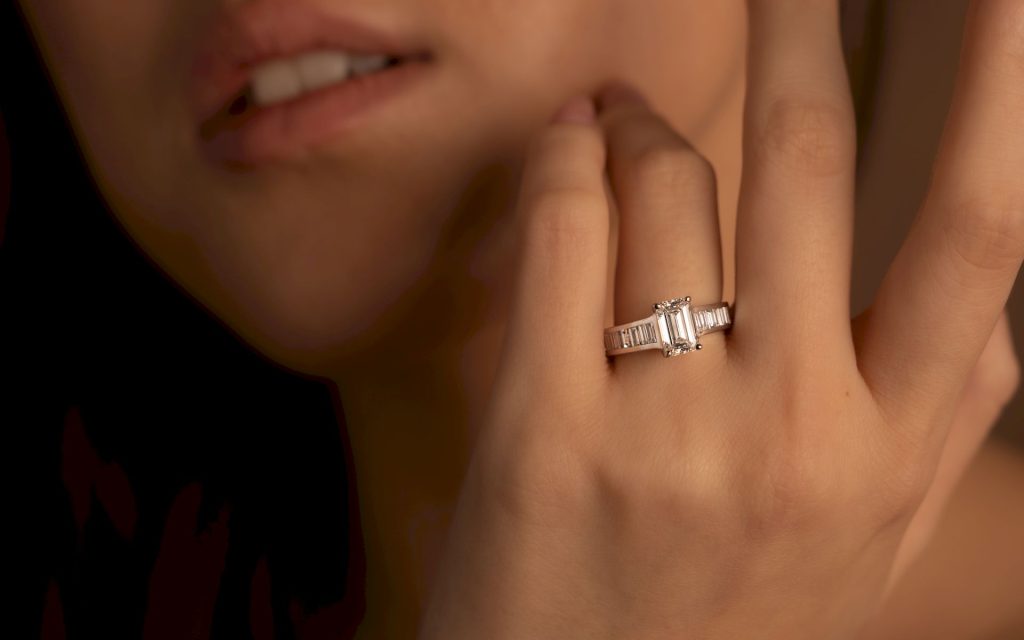
Antisa – Engagement Ring
- £1,320.00
Ashni – Engagement Ring
- £3,600.00
Athena – Engagement Ring
- £5,600.00
Atlantis – Engagement Ring
- £1,680.00
Auris – Engagement Ring
- £1,820.00
Belis – Engagement Ring
- £1,540.00
Brianna – Engagement Ring
- £1,400.00
Celini – Engagement Ring
- £1,680.00
Clara – Engagement Ring
- £2,520.00
Clarence – Engagement Ring
- £1,350.00
Dinaci – Engagement Ring
- £2,250.00
Elene – Engagement Ring
- £900.00
Erika – Engagement Ring
- £900.00
Erika Yellow – Engagement Ring
- £900.00
Eva – Engagement Ring
- £900.00
Fiona – Engagement Ring
- £4,000.00
Florence – Engagement Ring
- £2,600.00
Francis – Engagement Ring
- £3,300.00
Galo – Engagement Ring
- £1,300.00
Giani – Engagement Ring
- £1,500.00
Gilano – Engagement Ring
- £1,540.00
Hanna – Engagement Ring
- £900.00
Hemera – Engagement Ring
- £900.00
India – Engagement Ring
- £1,800.00




RPS Diamonds
Bringing together timeless jewellery that’s methodically created with the perfect blend of time honoured mystique and graceful contemporary touches to provide an all-embracing collection that’s affordable while high on quality and class.
Frequently Asked Question
About Diamond Engagement Rings
About Lab Grown Diamonds
About Diamond Engagement Rings
What is a diamond engagement ring?
A diamond engagement ring is a piece of jewelry that features a diamond as its centerpiece, typically worn by a person to signify their engagement to be married. It is traditionally given during a proposal.
What are the 4Cs of diamond quality?
The 4Cs of diamond quality are Carat, Cut, Clarity, and Color. These factors determine the value and beauty of a diamond.
What are the different types of settings for diamond engagement rings?
Some popular settings include solitaire, halo, pave, channel, and three-stone. The choice of setting depends on the wearer’s preferences and the desired look of the ring.
How do I find out my partner’s ring size?
You can try asking friends or family members for help, measuring a ring your partner already wears, or using a printable ring sizer. If you’re unsure, it’s better to choose a slightly larger size, as resizing the ring is usually possible.
How much should I spend on a diamond engagement ring?
There’s no set rule on how much to spend on a diamond engagement ring, as it depends on your personal budget and preferences.
About Lab Grown Diamonds
What are lab-grown diamonds?
Lab-grown diamonds, also known as synthetic or cultured diamonds, are diamonds created in a controlled laboratory environment. They have the same chemical composition, crystal structure, and physical properties as natural diamonds, but are not mined from the earth.
How are lab-grown diamonds made?
Lab-grown diamonds are typically created using one of two methods: High Pressure High Temperature (HPHT) or Chemical Vapor Deposition (CVD). Both processes involve replicating the conditions under which natural diamonds form in the earth’s mantle.
Are lab-grown diamonds real diamonds?
Yes, lab-grown diamonds are real diamonds with the same chemical, physical, and optical properties as natural diamonds. The primary difference is their origin, as lab-grown diamonds are created in a controlled environment.
How do lab-grown diamonds compare to natural diamonds in terms of quality?
Lab-grown diamonds can be of equal or higher quality than natural diamonds. They are graded using the same 4Cs (Carat, Cut, Clarity, and Color) as natural diamonds, and can often be found with fewer inclusions and more consistent color.
Are lab-grown diamonds more affordable than natural diamonds?
Lab-grown diamonds are generally more affordable than natural diamonds, as they have a more cost-effective and sustainable production process. Depending on the size, quality, and market conditions, lab-grown diamonds can be 20-50% less expensive than their natural counterparts.
Are lab-grown diamonds ethical and eco-friendly?
Lab-grown diamonds are considered a more ethical and environmentally friendly option, as they do not involve the environmental and social concerns associated with diamond mining. They require less land, water, and energy to produce, and their production process is more controlled and regulated.

